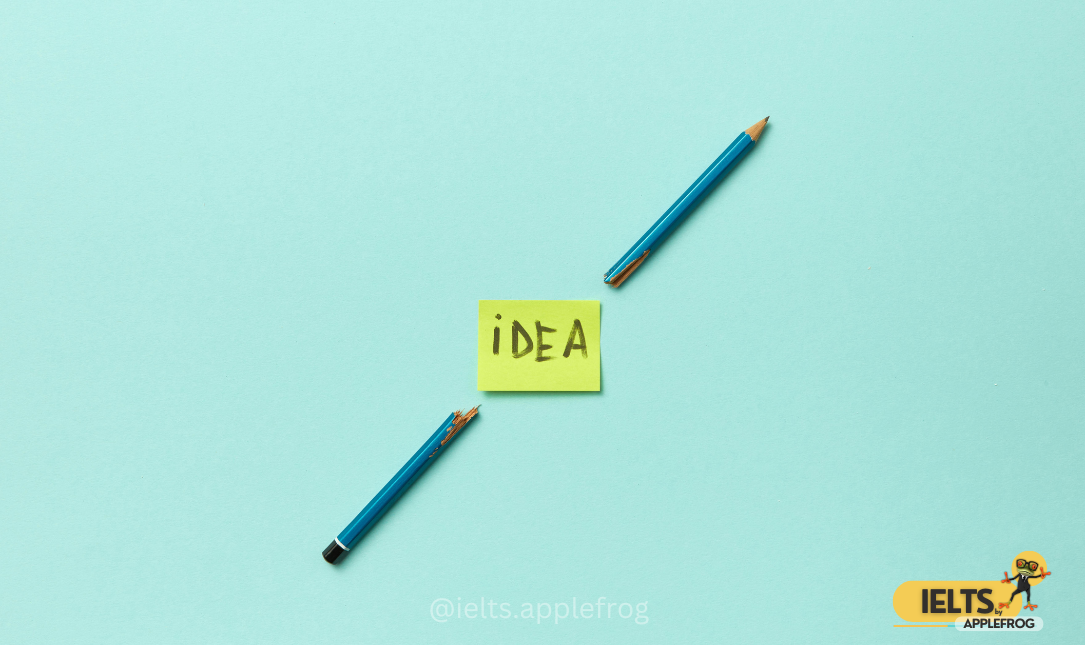
Closed compound nouns are a fascinating aspect of the English language, where two or more words merge to form a single word without spaces or hyphens. This guide will help you understand their formation, usage, and variations, so you can use them confidently in writing and speech.
Formation of Closed Compound Nouns
Closed compound nouns are created by combining words into one cohesive unit. These tightly connected words form a single term with a specific meaning.
1. Common Examples
Let’s look at a few examples of closed compound nouns and how their components come together.
Examples:
- Notebook: formed by merging “note” (a written record) and “book” (a collection of pages).
- Sunlight: formed by combining “sun” (the star that lights the Earth) and “light” (illumination).
- Grandmother: formed by combining “grand” (denoting an older generation) and “mother” (a female parent).
2. Semantic Relationships
Each component of a closed compound noun contributes to its meaning. These relationships can take various forms:
-
Noun + Noun: The first noun modifies the second.
Example: Toothpaste (paste used for cleaning teeth) -
Adjective + Noun: The adjective describes the noun.
Example: Blackberry (a type of berry that is black) -
Verb + Noun: The verb acts as a modifier.
Example: Raindrop (a single drop of rain).
3. Plural Formation
To form plurals, simply add the plural marker to the main word in the compound noun:
Examples:
- Notebooks: plural of “notebook”.
- Sunlights: plural of “sunlight”.
- Grandmothers: plural of “grandmother”.
4. Stress and Pronunciation
Closed compound nouns typically emphasize the first syllable when spoken:
Examples:
- NOTEbook
- SUNlight
- GRANDmother
These nouns allow for precise communication by condensing complex ideas into a single term. They are widely used to name objects, concepts, and activities in a clear and efficient manner.
Understanding closed compound nouns helps you use them effectively in both written and spoken English. Mastering their structure and meaning ensures you can convey ideas with clarity and precision.
Language evolves through creativity, and compound nouns are a testament to how words can unite to create new meanings.












 Here can be your custom HTML or Shortcode
Here can be your custom HTML or Shortcode
0 Comments